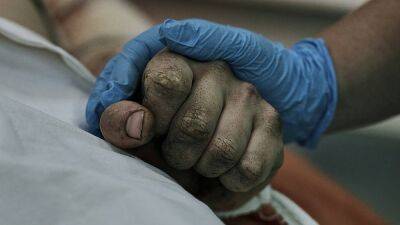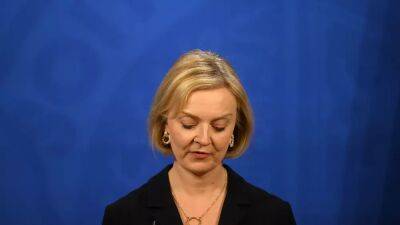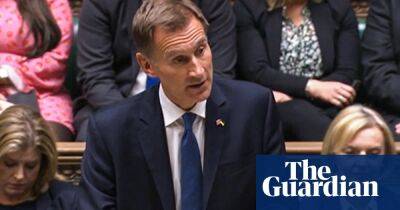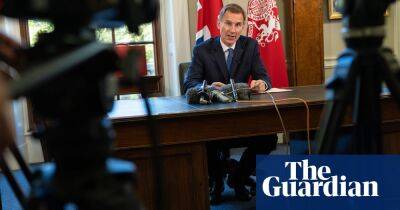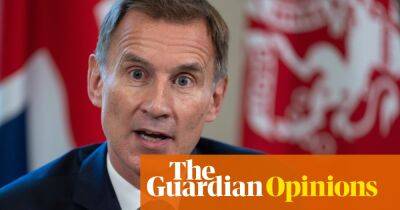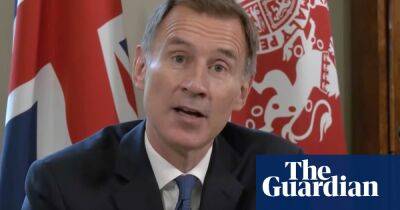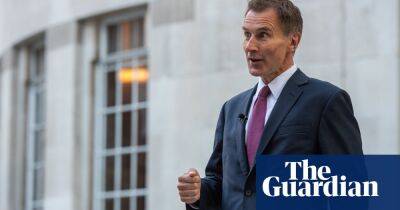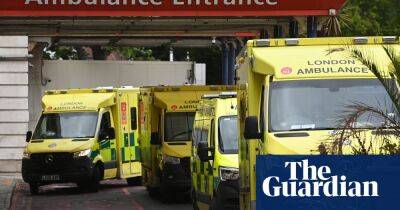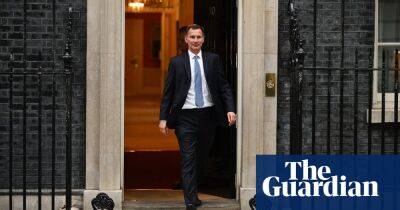Hunt’s expected austerity drive – where will the axe fall?
Jeremy Hunt has warned that decisions of “eye-watering difficulty”, including cuts to public spending, will be required to repair the damage to the government’s finances after the failed mini-budget.
After his screeching U-turn to scrap the unfunded tax promises made by his predecessor, Kwasi Kwarteng, expectations are rising that the chancellor will kickstart a renewed austerity drive as part of debt-cutting plans due to be announced on 31 October.
Uncertainty over the precise shortfall in the public finances remains without the publication of an official forecast from the Office for Budget Responsibility. However, the Resolution Foundation thinktank estimates up to £40bn of savings may be needed, coming close to the austerity drive launched by George Osborne in 2010.
Any such push would come on the back of more than a decade of cuts, leaving public sector services close to breaking point.
An analysis by the Institute for Fiscal Studies shows government departments have faced steep falls in their day-to-day budgets, with cuts of more than a quarter for areas including work and pensions, housing, communities and transport.
In its annual stocktake of public sector performance, the independent thinktank Institute for Government (IfG) warned funding for nine key areas – including health, neighbourhood services, schools and police – was unlikely to be enough to meet rising demand.
“Public services won’t have returned to pre-pandemic performance by the next election, which in most cases was already worse than when the Conservatives came to power in 2010,” it said in the report.
Despite the IfG’s assessment that “there is no more meaningful ‘fat’ to cut from public service budgets”, cuts look inevitable. Here we look at which areas
Read more on theguardian.com




